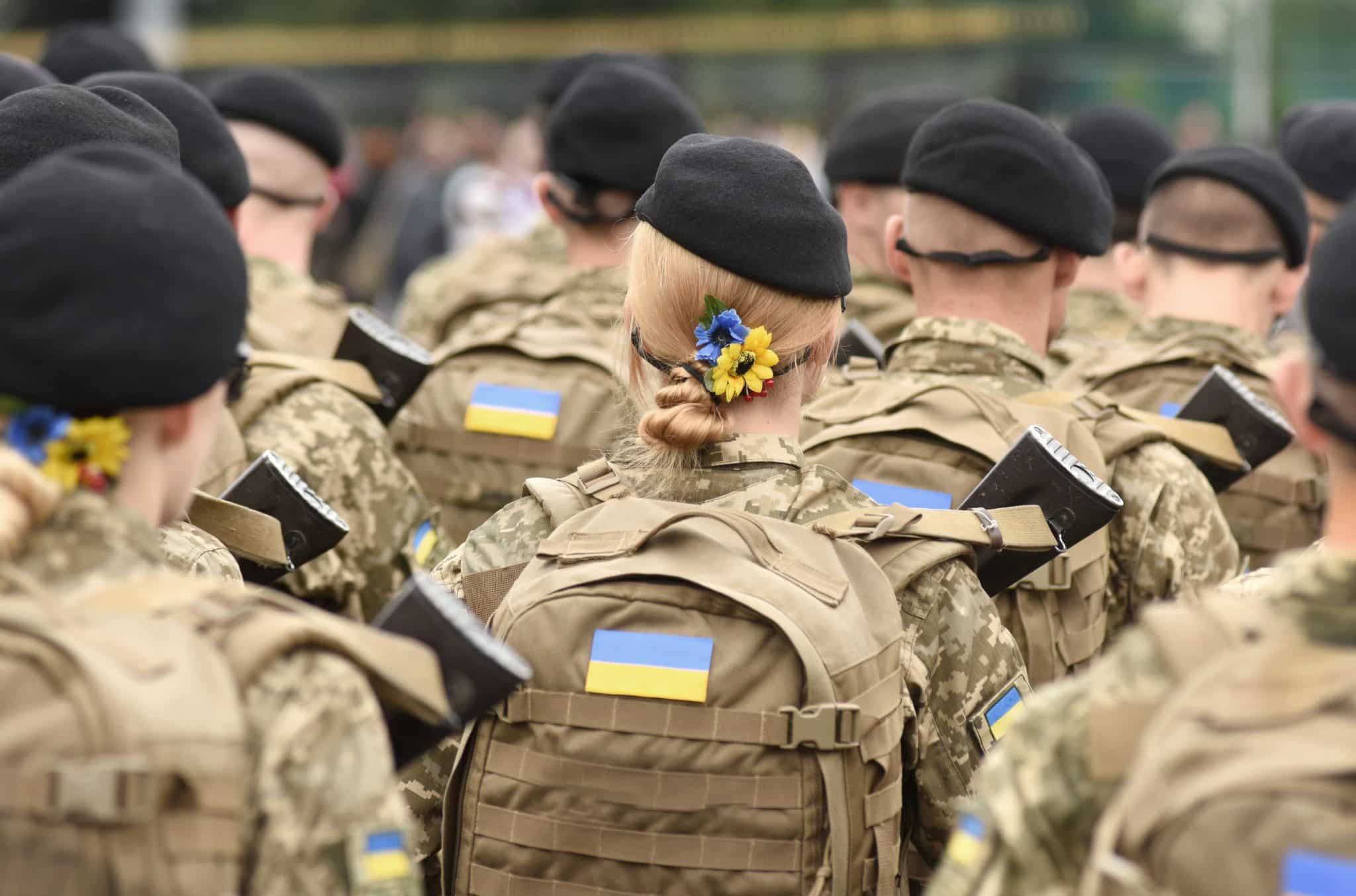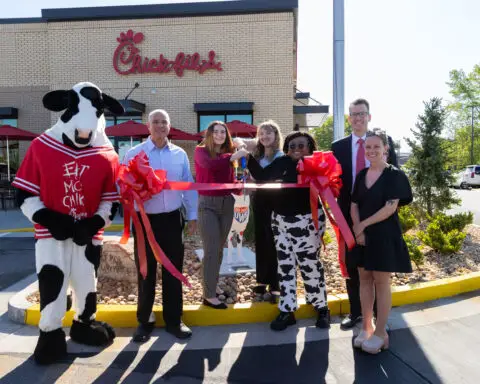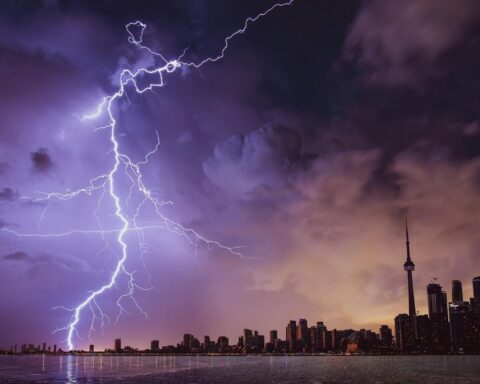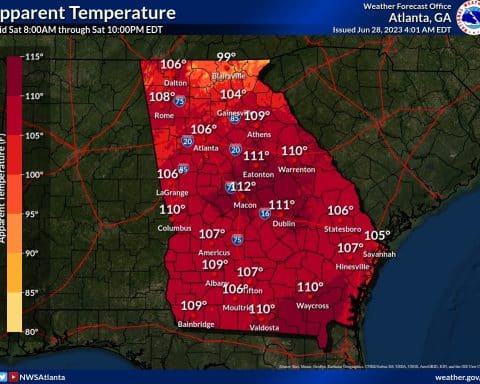Anyone who glances at a United States calendar and sees “Veterans Day” featured can most likely easily infer the purpose of the holiday. The name itself does not leave much mystery about what it’s all about—rightfully honoring our military veterans. However, plenty of background information on this annual commemoration is much less obvious, like its origin in American history, as well as details and data concerning the veteran population. Thankfully, you can celebrate Veterans Day this year with some added, enlightened perspective with these 25 Veterans Day facts!
Veterans Day is observed across America each year with resounding reverence. Those who have served in the Armed Forces have earned our nation’s full respect and admiration. But although we honor them with this set-apart day, how much do we truly know about how this day came to be, or what the veteran population currently looks like? Are we even spelling Veterans Day correctly? Did we know it used to have an entirely different name?
Besides just thanking veterans for their service (which you should absolutely do!), why not use the holiday as an opportunity to learn more about its history and about our veterans themselves? Here are 25 facts about Veterans Day, filled with Veterans Day trivia.
25 Veterans Day Facts
1. It’s not “Veteran’s Day” or “Veterans’ Day”—Veterans Day is actually spelled without an apostrophe.
2. Originally, Veterans Day was known as “Armistice Day,” which began to be celebrated on the one-year anniversary of when the agreement to cease fire was made to end World War I.
3. The official end of World War I (known as “The Great War” as well as “The War to End All Wars”) was not until June of 1919 with a signed treaty.
4. November 11 is the date of Veterans Day each year, with only the day of the week fluctuating. What’s the significance of that exact date? The armistice between the Allied forces and Germany was put into effect on the 11th hour of the 11th day of the 11th month in 1918.
5. In 1938, Armistice Day was officially made into a legal holiday.
6. In 1954, Armistice Day was updated by Congress to be known as Veterans Day, since the United States had fought in two other massive wars (World War II and the Korean War), and this would allow veterans of all wars to be honored.
7. From 1971-1977, the “Uniform Holiday Bill” went into effect, which moved Veterans Day from a set-date on November 11, to being celebrated on a Monday, which would allow Federal employees to have a three-day weekend.
8. Because some Americans continued to observe Veterans Day on the original date, and others on the new day throughout those six years, the switch was seen as confusing and unnecessary. In 1978, Veterans Day was changed once again to November 11th, by President Gerald R. Ford.
9. Other countries have similar celebrations for their veterans. For example, Canada and Australia both honor November 11th as “Remembrance Day,” and Great Britain also calls their observance “Remembrance Day,” but it is held on the Sunday closest to the 11th of November.
10. Veterans Day differs in meaning from Memorial Day—the United States holiday that honors specifically those who lost their lives while serving in the military.
Related: 75 Veterans Day Quotes
11. Arlington National Cemetery holds an annual memorial service every Veterans Day and Memorial Day.
12. Based on statistics from the Department of Veterans Affairs, 325,574 of the 16 million Americans who served in World War II were still alive in 2020.
13. 2 million veterans served during the Korean War.
14. 7 million veterans served in the Vietnam War.
15. There were approximately 20.3 million living veterans in the United States in 2018, according to data from the Department of Veterans Affairs.
Related: 50 Patriotic Quotes
16. According to the Pew Research Center, “About three-quarters (77%) of veterans in 2016 served during wartime and 23% only served during peacetime.”
17. In 2017, the states with the highest percentage of Veterans were: Alaska, Maine and Montana.
18. The District of Columbia, Virginia and Alaska had the highest percentage of Veteran women in 2017.
19. According to the Department of Veterans Affairs, “The largest living cohort of male Veterans served during the Vietnam Era (August 1964 to April 1975) while the largest living cohort of female Veterans served during the Post-9/11 period (September 2001 or later).”
20. According to 2016 data, at the time, 91% of veterans were men, while 9% were women.
Related: 30 Quotes on Sacrifice, Gratitude and Patriotism
21. “7% of U.S. adults were veterans, down from 18% in 1980,” according to the Census Bureau in 2016.
22. One of the possible factors for the declining number of United States veterans? The military draft ended in 1973.
23. The Veterans Affairs Department believes that by 2045, “there will be around 12 million veterans, a roughly 40% decrease from [2017] numbers.”
24. By 2045, it’s expected that the number of female veterans will double to 18%.
25. According to an April 2017 Pew Research Center survey, 75% of Americans said that if they were in charge of the federal budget, they would increase spending for veterans’ benefits and services.







